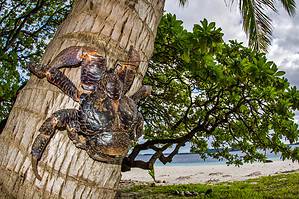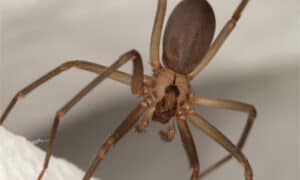Undeniably adorable, sea bunnies have been taking over the world in recent years, their cuteness captured in anything from internet memes to plush toys, t-shirts, jewelry, and art. The world can’t seem to get enough of these endearing little creatures, but are sea bunnies real? And do they actually live under the sea? Dive in and discover the myth and magic of these amazing underwater critters!
Are Sea Bunnies Real?
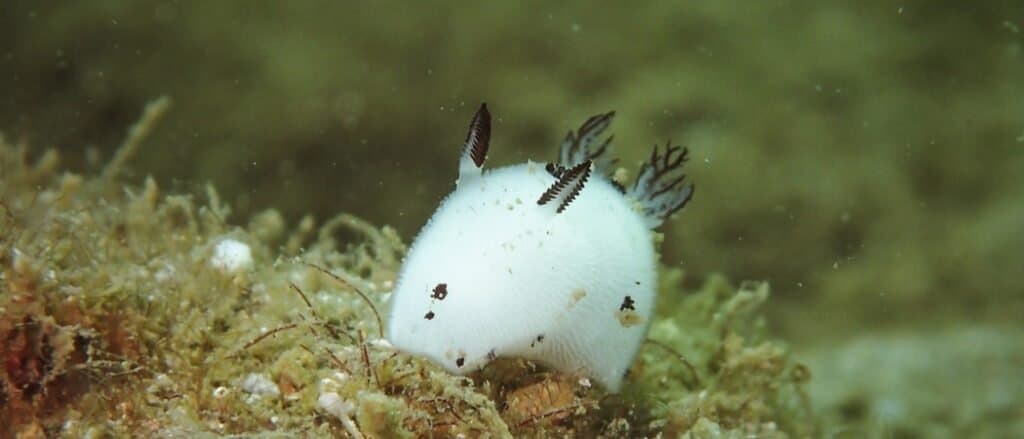
Most sea bunnies are less than 1 inch long!
©phiseksit/Shutterstock.com
Yes, sea bunnies are real! However, while their name may conjure images of fluffy rabbits backstroking through the ocean, this is not at all the case. Sea bunnies are rather unique and extraordinary. They are not at all related to ordinary rabbits! Instead, they are actually a nudibranch, a unique type of sea slug or marine mollusk that sheds its shell as it matures. Nudibranchs are brightly colored, with all kinds of different designs and textures, like something from a fantastical dream.
Sea bunnies, or Jorunna Parva, get their name from their appearance — they really do look like cute, underwater rabbits! And what makes them extra cute is that these adorable little sea slugs only grow up to an inch long and weigh just 0.05 ounces! Their rounded bodies can be yellow, green, brown, or white (although there is some debate as to whether the different colors are separate species). They have tiny black speckles all over, which gives them a rather fuzzy appearance. However, these black specks are actually a type of papillae called caryophyllidia, which have a cluster of pointed spicules.
But what really makes them look like cute little rabbits is their adorable, fuzzy black “bunny ears!” These “ears” are rhinophores, a type of organ that helps sea bunnies detect changes in the ocean current and various chemicals emitted by their food.
Cute But Deadly
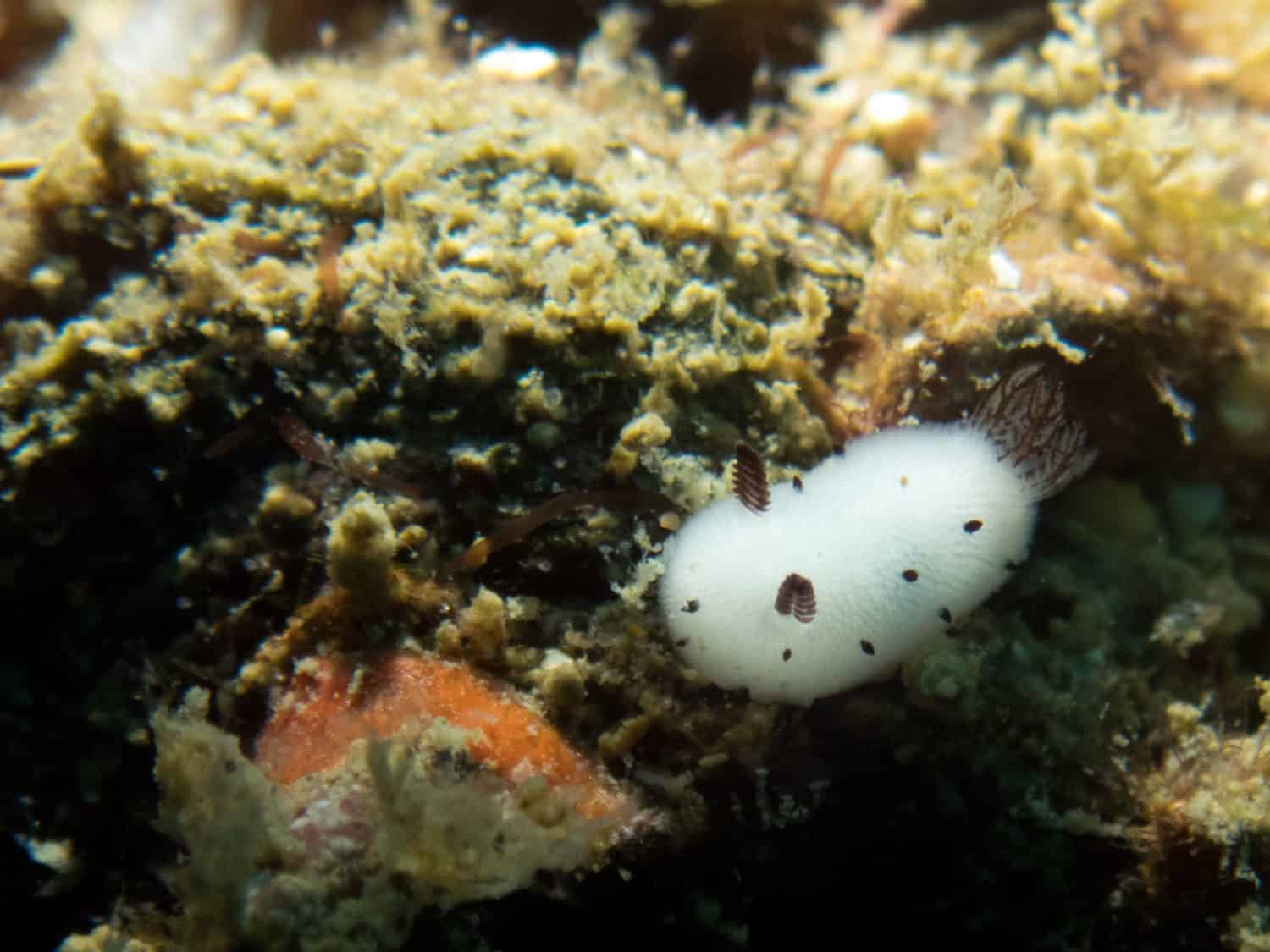
Sea bunnies are poisonous.
©Krittiya Siriwal/Shutterstock.com
Don’t let their adorable appearance and tiny size fool you — sea bunnies may be small, but they have a deadly secret weapon: they love eating toxic food! They mainly eat sea sponges, many of which are filled with potent toxins. However, the toxins do not hurt these cute sea slugs. Instead, sea bunnies steal the toxins from their prey and use them for their own defense, making them poisonous to any predators that eat them!
Sea Bunny Superpowers
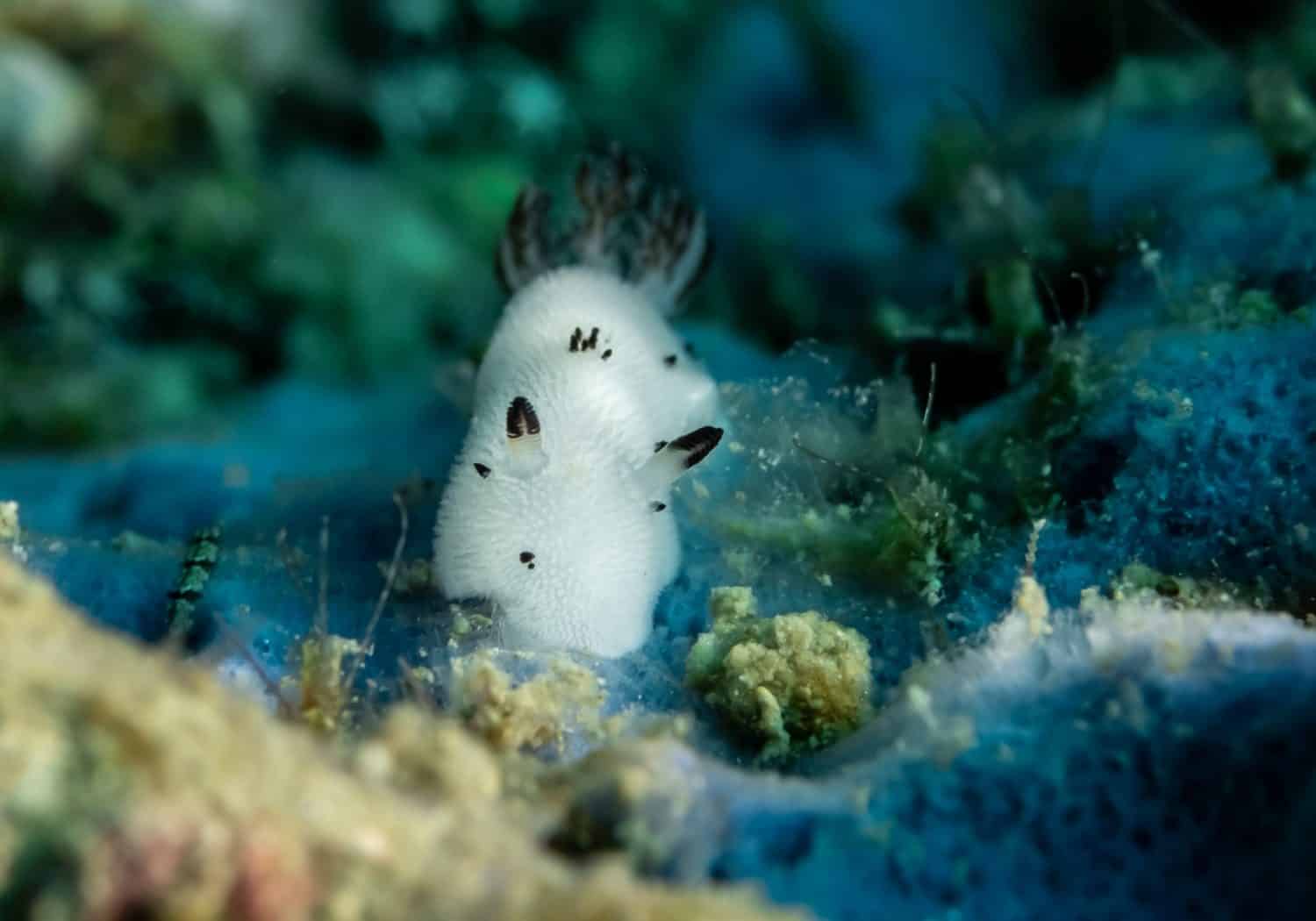
Sea bunnies have many unique sensory organs.
©Chatuphon Neelasri/Shutterstock.com
Some of the sponges that sea bunnies like to eat contain discodermolide, a special compound that might be able to help in cancer treatments. Scientists have found that it can disrupt the growth of cancer cells. Not only would this slow the progression of cancer, but it could also help chemotherapy drugs work more effectively.
A sea bunny’s rhinophores (those cute “bunny ears”) help them to detect food items, while feathery gills on either side of their bodies both breathe and act as an extra set of taste buds. They also have whisker-like sensors that are attuned to even the tiniest vibrations, helping them to find their way through hidden crevices along the ocean floor.
In addition, sea bunnies may also act as a type of natural, living barometer. Just as they collect the toxins from their spongey prey, they also accumulate trace chemicals and pollutants in their tissues. This may make them invaluable bioindicators, revealing the water quality of their underwater home.
There aren’t specifically “male” or “female” sea bunnies. These animals are hermaphrodites, which means that each one has both male and female organs. They are all capable of producing both egg and sperm cells. However, they still need each other when it comes to mating because they can’t fertilize themselves. Finding a mate fairly quickly is very important. Scientists think that these cute little sea slugs may only live a few months to a couple of years.
Where Do Sea Bunnies Live?
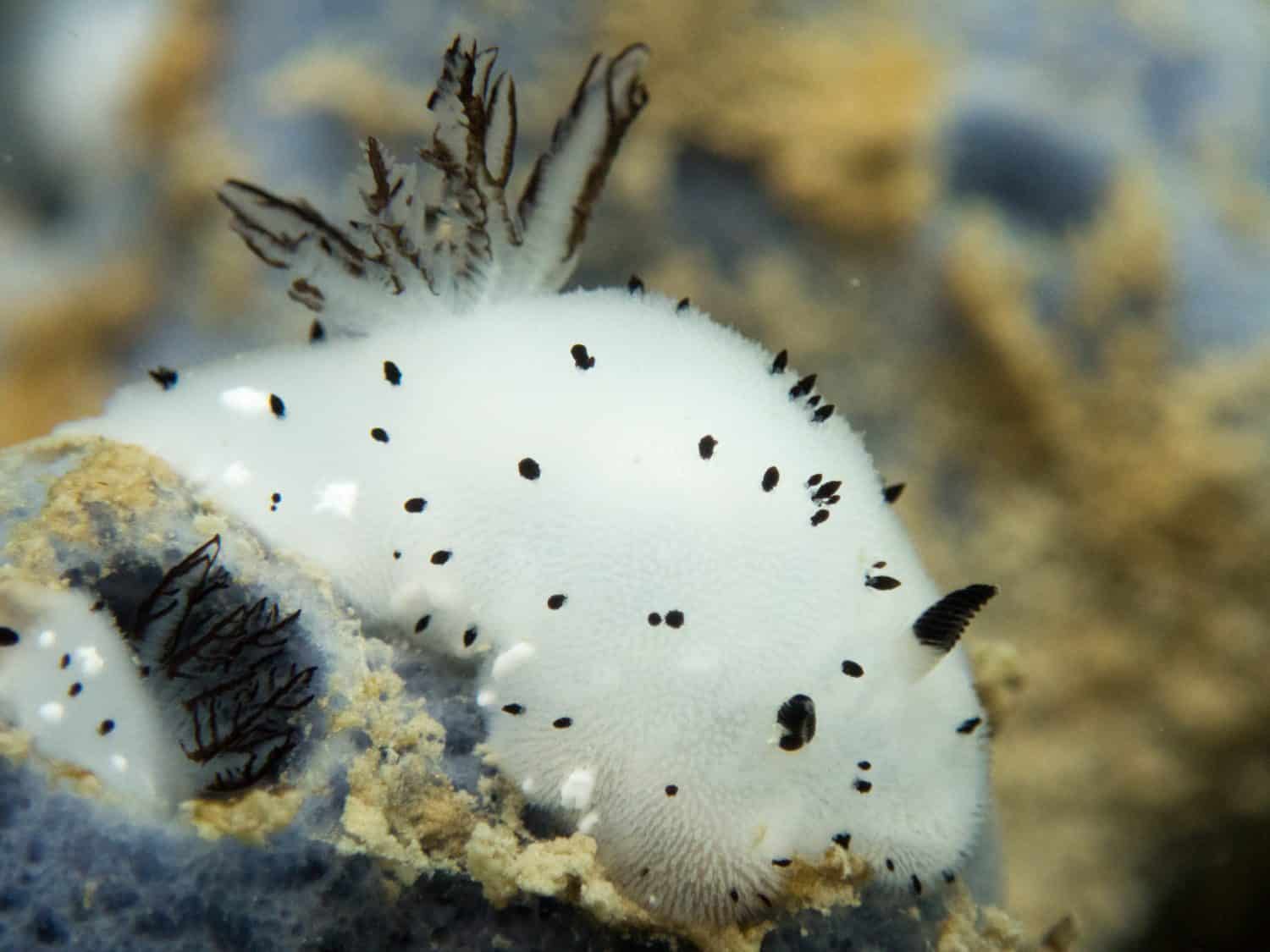
In addition to sponges, sea bunnies sometimes eat algae and small invertebrates.
©NIPATHORN/Shutterstock.com
Sea bunnies were first named in 1934 by Kikutaro Baba, a renowned Japanese scientist. They are shy and elusive creatures, but they seem to prefer shallow, tropical waters. These adorable sea slugs inhabit the waters of the Indo-Pacific Ocean. They are found around Japan, the Philippines, Papua New Guinea, Seychelles, and Réunion. Due to their tiny size, they don’t require a lot of space and typically spend their days along the ocean floor. They prefer areas with lots of vegetation and plenty of food to eat. Unfortunately, their habitat is threatened now by human activities like climate change, pollution, and overfishing.
The photo featured at the top of this post is © NIPATHORN/Shutterstock.com
Thank you for reading! Have some feedback for us? Contact the AZ Animals editorial team.




